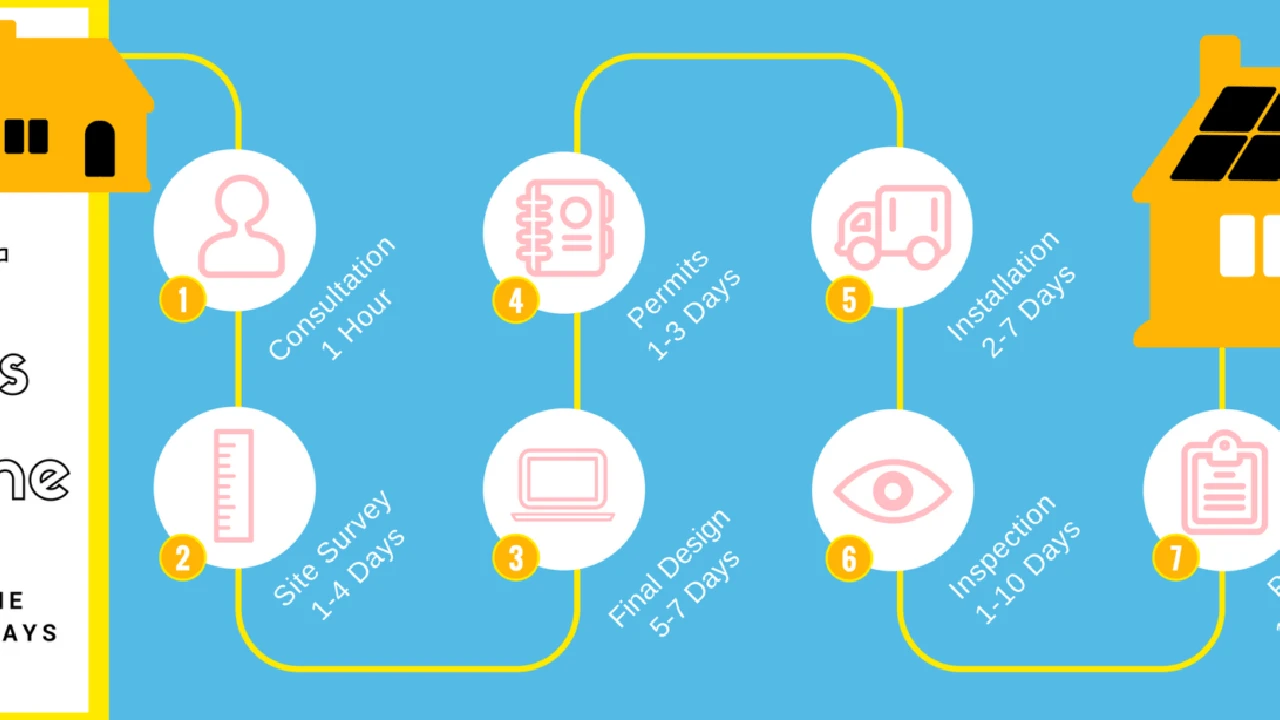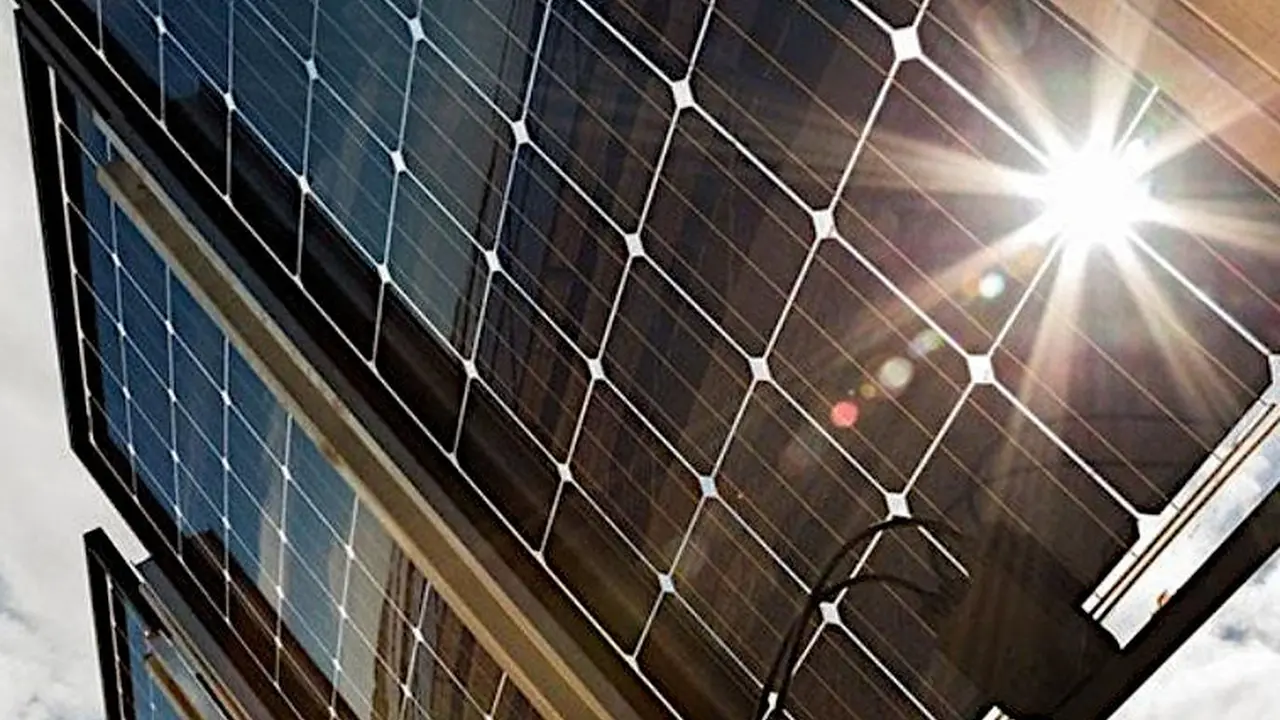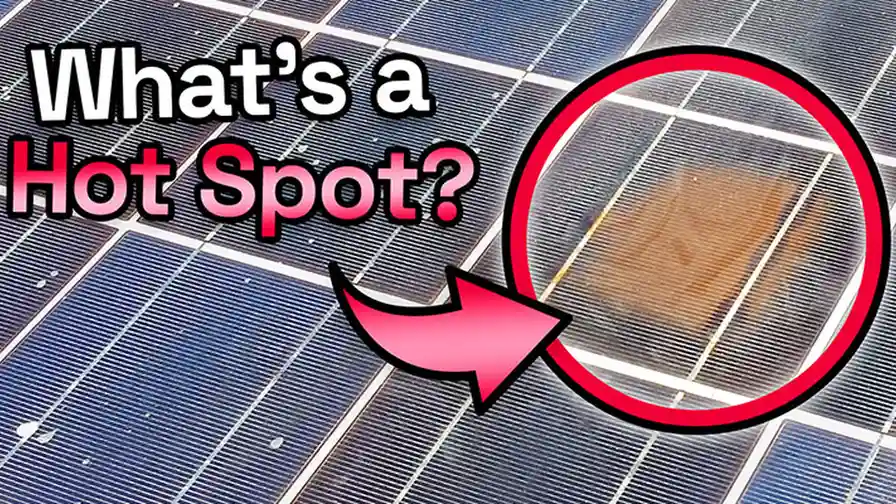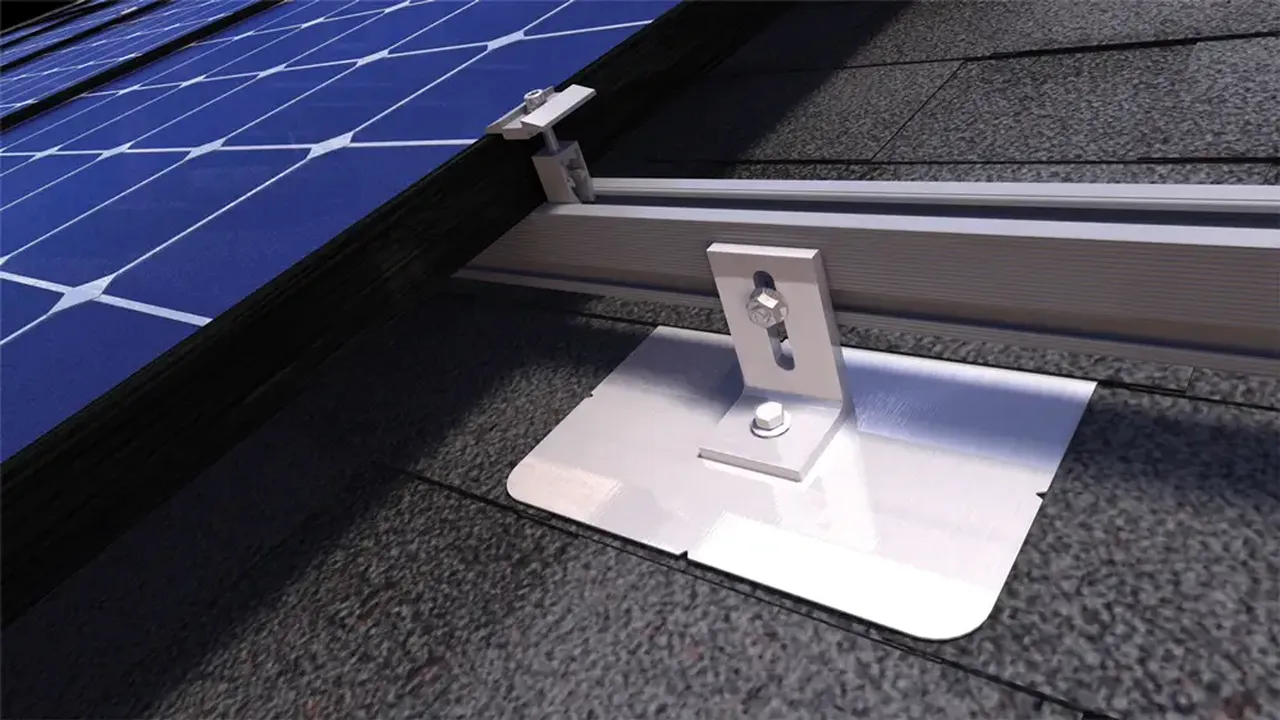Solar Panel Permitting Process: What to Expect

Understanding Solar Panel Permitting Requirements and Why They Matter
So, you're thinking about going solar? Awesome! That's a fantastic move for your wallet and the planet. But before you start basking in free sunshine energy, there's a little hurdle to jump: permitting. Yeah, I know, paperwork. But trust me, understanding the solar panel permitting process is crucial. It's not just red tape; it ensures your system is safe, efficient, and complies with local regulations. Think of it as getting a health check-up for your solar panels. It protects you, your home, and the grid.
Why is it so important? Well, permits verify that your installation meets electrical and structural codes. This prevents potential hazards like fires, roof damage, or even grid instability. Plus, having the proper permits can affect your eligibility for rebates, tax credits, and even selling excess energy back to the utility company. Skipping the permitting process might seem like a shortcut, but it can lead to hefty fines, mandatory system shutdowns, and headaches down the road. So, let's dive in and make this process as smooth as possible.
Navigating the Solar Panel Permit Application Process Step by Step
Okay, let's break down the solar panel permit application process. It might seem daunting, but it's manageable if you take it step by step. Generally, it involves these key stages:
- Initial Consultation and System Design: This is where you meet with a solar installer. They'll assess your energy needs, roof condition, and local regulations to design a system tailored to your home. They should also explain the permitting process and their role in it. Don't be afraid to ask questions!
- Permit Application Submission: Your installer (or you, if you're going DIY) will prepare and submit the permit application to your local building department or authority. This application typically includes detailed system schematics, structural engineering reports, and electrical diagrams. Accuracy is key here!
- Review and Approval: The building department will review your application to ensure it meets all codes and regulations. This can take anywhere from a few weeks to a few months, depending on the jurisdiction and the complexity of your system. Be patient!
- Inspection: Once the permit is approved and the system is installed, an inspector will come to your home to verify that the installation matches the approved plans and complies with all safety standards. This is a crucial step, so make sure everything is done correctly.
- Final Approval and Interconnection: After passing the inspection, you'll receive final approval. Then, you can connect your system to the grid and start enjoying clean, renewable energy!
Each jurisdiction has its own specific requirements and procedures, so it's essential to research your local regulations. Check your city or county's website for specific guidelines and forms. Don't hesitate to contact the building department directly if you have any questions. They're there to help!
Common Solar Panel Permitting Challenges and How to Overcome Them
Permitting isn't always smooth sailing. Here are some common challenges and how to tackle them:
- Lengthy Review Times: Permit processing times can vary widely. To speed things up, ensure your application is complete and accurate. Follow up with the building department regularly to check on the status of your application.
- Conflicting Regulations: Sometimes, local regulations might conflict with state or federal guidelines. Work closely with your installer to navigate these complexities and ensure compliance.
- HOA Restrictions: If you live in a homeowners association, they might have additional restrictions on solar panel installations. Review your HOA's bylaws carefully and communicate with them early in the process to address any concerns.
- Incorrect or Incomplete Applications: This is a common cause of delays. Double-check all information and documentation before submitting your application.
- Unexpected Inspection Issues: To avoid surprises during the inspection, work with a reputable installer who is familiar with local codes and regulations.
Remember, communication is key. Keep the building department informed throughout the process, and address any concerns promptly. A little proactive effort can save you a lot of time and frustration.
Essential Documents Required for Solar Panel Permitting Applications
Gathering the right documents is crucial for a successful permit application. Here's a rundown of what you'll typically need:
- Site Plan: A detailed drawing of your property showing the location of the solar panels and other relevant features.
- System Schematics: Electrical diagrams illustrating how the solar panels, inverter, and other components are connected.
- Structural Engineering Report: An assessment of your roof's ability to support the weight of the solar panels.
- Product Specifications: Technical data sheets for the solar panels, inverter, and other equipment.
- Proof of Insurance: Documentation showing that you have adequate insurance coverage for your home.
- Homeowner Agreement (if applicable): A contract between you and the solar installer outlining the scope of work, payment terms, and warranty information.
The specific documents required may vary depending on your location, so check with your local building department for a complete list. Having all the necessary paperwork in order will streamline the application process and minimize delays.
DIY Solar Panel Installation Permitting Considerations
Thinking of going the DIY route? More power to you! But be aware that permitting for DIY solar installations can be more challenging. You'll need to be familiar with electrical and structural codes, and you'll be responsible for preparing all the necessary documentation. Some jurisdictions may require you to have specific certifications or licenses to install solar panels yourself. Before you start, research your local regulations thoroughly and consider taking a solar installation course. And honestly? Unless you have significant experience, it's often worth hiring a professional. The cost savings might not outweigh the potential headaches and risks.
The Role of a Solar Installer in the Permitting Process
A reputable solar installer will handle the permitting process on your behalf. They'll be familiar with local regulations, prepare the necessary documentation, and coordinate with the building department. This can save you a lot of time and stress. When choosing an installer, ask about their experience with permitting and their track record of success. A good installer will guide you through the process and answer any questions you have. They'll also ensure that your system is installed correctly and complies with all safety standards.
Understanding Solar Panel Inspection Procedures and Requirements
The solar panel inspection is a crucial step in the permitting process. The inspector will verify that the installation matches the approved plans and complies with all codes and regulations. They'll check things like wiring connections, grounding, roof mounting, and labeling. Before the inspection, make sure the system is accessible and that all documentation is readily available. Address any issues identified by the inspector promptly to avoid delays in final approval.
Maximizing Solar Panel System Efficiency Tips and Best Practices
Okay, you've got your permits, your system is installed, now let’s maximize that solar power! Here are some tips:
- Panel Orientation and Angle: Southern exposure is generally best. The optimal angle depends on your latitude. Your installer should calculate this for you.
- Shading: Trim trees or remove obstructions that cast shadows on your panels. Even partial shading can significantly reduce output.
- Panel Cleaning: Dust, dirt, and pollen can reduce panel efficiency. Clean them periodically with a soft brush and water.
- Monitoring: Use a monitoring system to track your energy production and identify any performance issues.
- Regular Maintenance: Schedule regular maintenance checks to ensure your system is operating at peak performance.
Solar Panel Products Recommendations and Comparisons
Alright, let’s talk solar panels! There are tons of options out there, so let’s break down a few popular choices.
High-Efficiency Options: SunPower Maxeon Series
Product: SunPower Maxeon 6
Description: These are top-of-the-line, offering the highest efficiency on the market (over 22%). They are also incredibly durable and come with a 25-year warranty.
Use Case: Perfect for homes with limited roof space or where maximum energy production is required.
Pros: Highest efficiency, long lifespan, excellent warranty.
Cons: Most expensive option.
Price: Typically $3.00-$4.00 per watt installed.
Mid-Range Performers: Panasonic EverVolt Series
Product: Panasonic EverVolt 370W
Description: Panasonic panels offer a great balance of performance, reliability, and price. They have a good efficiency rating (around 20%) and a solid 25-year warranty.
Use Case: A good all-around choice for most homeowners.
Pros: Good efficiency, reliable, competitive price.
Cons: Not the absolute highest efficiency, but still excellent.
Price: Typically $2.50-$3.50 per watt installed.
Budget-Friendly Choice: REC Group Alpha Series
Product: REC Alpha Series 365W
Description: REC panels offer good performance at a more affordable price. They have a decent efficiency rating (around 19%) and a 25-year warranty.
Use Case: Ideal for homeowners looking for a cost-effective solar solution.
Pros: Affordable, good performance, reliable.
Cons: Slightly lower efficiency than premium options.
Price: Typically $2.00-$3.00 per watt installed.
Microinverter vs. String Inverter: Which is Right for You?
Let's talk inverters, the brains of your solar system! You've got two main types: microinverters and string inverters.
String Inverters
How they work: String inverters connect to multiple solar panels in a "string." They convert the DC electricity from all the panels into AC electricity in one central location.
Pros: Generally less expensive, easier to install (fewer components).
Cons: System performance is affected by the weakest panel in the string (shading, dirt, etc.), less individual panel monitoring.
Microinverters
How they work: Microinverters are installed on each individual solar panel. They convert the DC electricity into AC electricity right at the panel.
Pros: Better performance in shaded conditions, individual panel monitoring, more flexibility in system design.
Cons: More expensive, more components to install.
Which to choose? If you have shading issues or want maximum performance and individual panel monitoring, microinverters are the way to go. If you have a clear, unshaded roof and want to save money, a string inverter might be a better option. Enphase and SolarEdge are popular brands for microinverters.
Understanding Solar Panel Rebates Tax Credits and Incentives
Don’t forget about the money you can save! Solar panel rebates, tax credits, and incentives can significantly reduce the cost of your system.
Federal Tax Credit
The federal government offers a tax credit for a percentage of the cost of your solar panel system. This can save you a significant amount of money.
State and Local Incentives
Many states and local governments offer additional incentives, such as rebates, tax credits, and grants. Check with your local utility company and state energy office for more information.
Net Metering
Net metering allows you to sell excess energy back to the utility company. This can help you offset your electricity bill and save even more money.
Make sure to factor these incentives into your budget when planning your solar panel installation. They can make solar power even more affordable.
Future Trends in Solar Panel Technology and Permitting Processes
The solar industry is constantly evolving, with new technologies and permitting processes emerging all the time. Keep an eye out for advancements in panel efficiency, energy storage, and smart grid integration. Permitting processes are also becoming more streamlined and standardized, making it easier for homeowners to go solar. Stay informed about these trends to make the most of your solar investment.
:max_bytes(150000):strip_icc()/277019-baked-pork-chops-with-cream-of-mushroom-soup-DDMFS-beauty-4x3-BG-7505-5762b731cf30447d9cbbbbbf387beafa.jpg)






